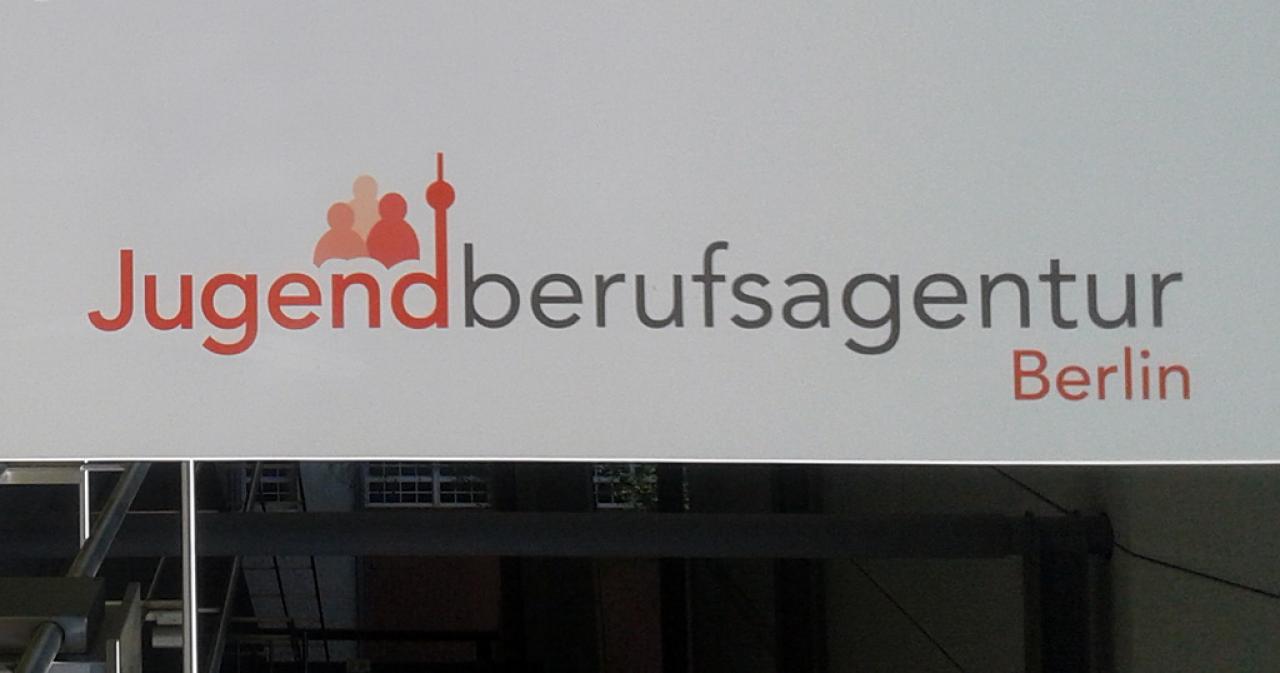
The story of the TM Berlin case Jugendberufsagentur (JBA) has insights for all implementation projects. Let's look at the possible learning areas for other cities this particular good practice offers.
The story of the JBA has insights for all implementation projects. One area that was surprising for Berlin was the speed in which the concept was put into action in all 12 districts. In Berlin, action usually takes a long period of time as it has become a complicated administrative entity over the years.
The team were pleasantly surprised that, once everybody had agreed, they saw how the challenges can develop into a powerful driver for rapid change. The political decision makers agreed on a tangible issue and the time span was so limited that they had to take immediate action in order to be successful. This kick-started the process and created momentum for implementation. Some key areas for further observation and investigation are included below.
Points of note
- There was political support from the outset – but ‘political patience’ was the key factor
- Strategy driven by a state-level mandate; change delivered via local-level agreements on collaboration
- Solution addresses a defined problem
- The conditions for implementation in Berlin were compared to previous tests of the model (in Hamburg). Similarities were high, so success of the model was more likely; differences were identified and accounted for in the design
- Specific resources were allocated to fund the JBA; each partner managing their own budget
- Principle of a standardised offer in JBAs was difficult to achieve in practice; common principles and aims, but the local implementation needed to be responsive to characteristics of the different districts. Local leaders had discretion to act to adjust the approach, within those principles.
- Tight timescales for initial implementation; but a long time required to create genuine, sustainable change (2 years since first implementation and 4+ years since the start of the journey)
- Joint delivery between partners was hard to establish and still is not fully integrated
- Leadership style from the department heads needs to be open and devolve control closer to the point of delivery – people have discretion to act, and to collaborate. This can be challenging to achieve – different mindset and behaviours is required.
- All participating institutions had to rethink the way they had cooperated before and starting anew
- JBA does not introduce major new support services – first step is to deliver existing services via a different model
- Individual institutions still exist – now cooperate under a common umbrella
- Programme & implementation management via clearly defined boards.
- Communication is still a challenge – particularly working between JBA and schools
- Problem of ELET is currently managed via JBA model, not eliminated. Removal of the JBA would see the system revert to previous and likely increase ELET again.
- The JBA model starts to work on the complex nature of ELET – it is the inclusion of people, the ‘human element’ that enables responsive decision-making to work and help teams respond to the realities
What did we learn?
The JBA has been very successful in its primary aims to reach out to more young people through improving the cooperation and exchange of information among the institutions involved. The initial implementation was focussed on establishing 12 one-stop-shops and that has been achieved. Initial results from the JBA are promising and appear to represent tangible improvement.
But the initial implementation is not enough to achieve the long term change that is desired. Further iterations of fine-tuning and improvement are required to achieve the model as it was originally envisaged. The members of the JBA teams are not one institution but different individual players under one umbrella. Conflicts must be named and solved together. A lot of patience is needed as is a focus on the long term objectives.
Key to this is improved communication approaches. An example is that Berlin have seen that operational problems need to be processed and presented in such a way that decision makers understand quickly and fully what the issues are.
The other major issue is that of long-term funding. The JBA was established based on additional resources. For this to be sustainable, funding ultimately needs to be diverted from elsewhere in the system (from where ELET reduction has reduced costs) in order to become a truly sustainable model. That will be the full transition from implementation into business as usual.
